14. Macbeth (1971)
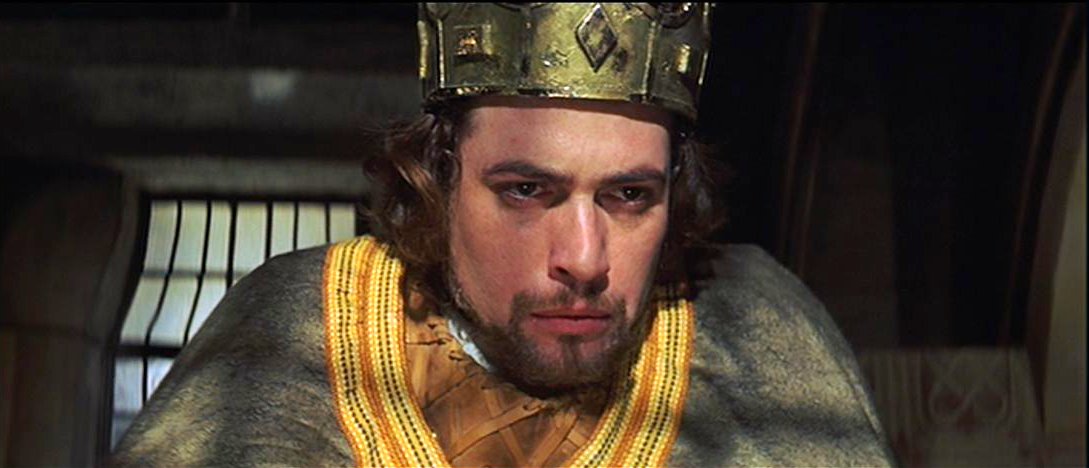
Polański’s movies were never characterized by being light-hearted and by an optimistic view on humanity, but they were never as dark and nihilistic as his adaptation of Shakespeare’s “Macbeth.” It’s the first movie Polański directed after the cruel murder of his wife Sharon Tate by the Manson family, made in cooperation with British theatrical critic and Shakespeare specialist, Kenneth Tynan (an interesting fact: he was the first person who said the word “fuck” on British public television) and funded by Hugh Hefner himself.
This unusual adaptation, full of violence, dirt and medieval naturalism, is certainly the result of depression that the director had to deal with in 70s, and for that reason it’s also a specific form of catharsis and his auto-therapy.
“Macbeth” isn’t a prefect movie, though. Not every psychological intricacy of the Shakespearian tragedy are given in a convincing way, and the movie tends to drag on because of the imbalanced pace. John Finch, known better for the wider public from Hitchcock’s “Frenzy,” is also uneven and, compared to other actors who played “Macbeth” such as Orson Welles, Toshiro Mifune and Michael Fassbender, he turns out to be the weakest and the least memorable element of this movie.
In spite of mentioned disadvantages, Polański’s vision is definitely worth giving attention. Dark symbolism and a disturbing atmosphere make the movie appear as a bizarre hybrid of historical film and horror. Powerful and grotesque violence scenes last in one’s memory for a long time after the screening. The sequence of Macbeth’s psychedelic vision at the witch coven in the middle of the movie is the most creative scene that Polański made through his whole career.
13. Cul-De-Sac (1966)
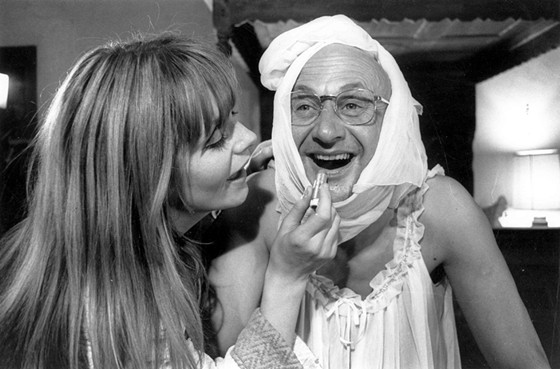
The third movie by Polański, inspired by Samuel Beckett’s play “Waiting for Godot,” tells the story of a failed marriage of neurotic beta-male George (Donald Pleasence) and frustrated free-spirited Teresy (Françoise Dorléac), whose apparent idyllic life in a medieval castle by the beach is disturbed by the unexpected visit of the two lost gangsters – Dicky (Lionel Stander) and the deadly wounded Albie (Jack MacGowran) – after making an armed robbery.
“Cul-De-Sac” has a few genre features of home invasion films, but instead of being a thriller, it’s more like a weird and allegorical black comedy. The relationships between George, Teresy and Dicki starts to be reminiscent of the psychological game that was played by characters in “Knife in the Water.” However, as Polański’s debut, it’s not that brilliant or memorable. The characters are unlikable and it’s sometimes hard to understand their behavior, and sometimes the movie is a bit out of focus in terms of plot.
Still, “Cul-De-Sac” is a fascinating and bizarre spectacle to watch that shows the best qualities of Polański as a director. The black-and-white cinematography gets in sync with the atmosphere of an isolated Irish island and Komeda’s characteristic jazz soundtrack adds a specific flavor to a movie. The characters are properly cast and well played. The black humor amazingly fits to this story and neutralizes some of the movie’s weaknesses.
The macabre finale and the last shot stay in our subconscious and are the expression of Polański’s disillusioned view on interpersonal relationships. “Cul-De-Sac” is not fully satisfying and not one of Polański’s best movies for sure, but it’s worth watching, especially while it’s Jack Nicholson’s favorite!
12. Death and the Maiden (1994)
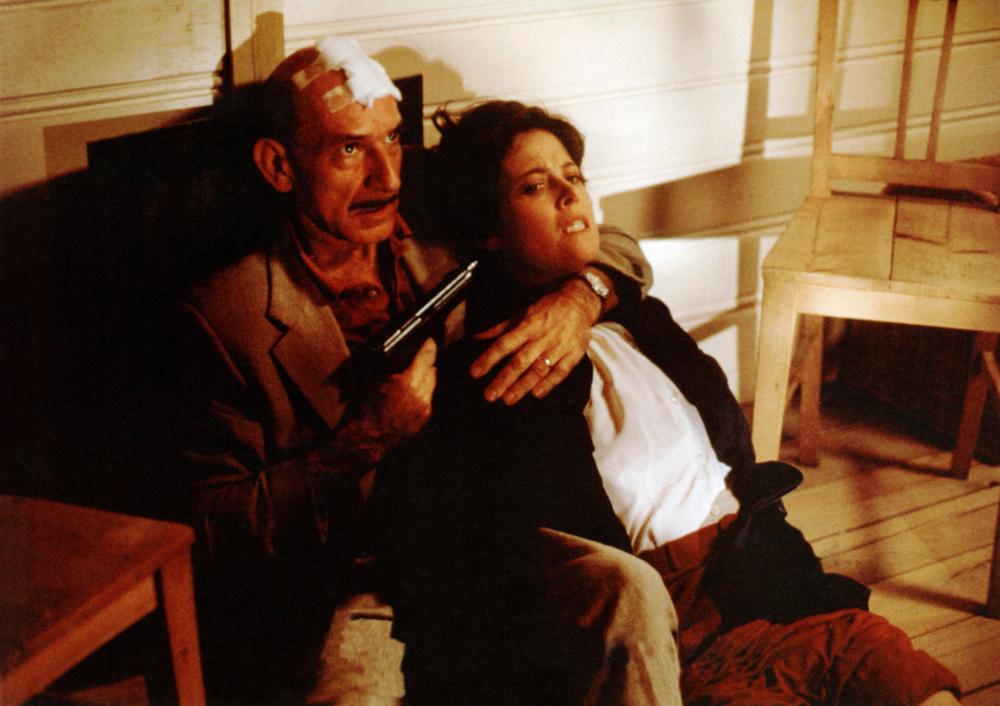
“Death and the Maiden” is a screen adaption of Ariel Dorfman’s play of the same title. The title itself comes from a piece from Schubert, which is meaningful for the movie. The action is placed in undefined country in South America (the hints suggest Chile) not so long after the fall of a bloodthirsty regime.
During the storm, a successful lawyer named Geraldo Escobar (Stuart Wilson) invites to his house a sophisticated stranger, Dr. Miranda (Ben Kingsley), unaware that his wife Paulina will recognize in Dr. Miranda a cruel executioner on behalf of the former dictatorship, who tortured her when she was a political dissentient. While being humiliatingly tortured, she was blindfolded so she recognizes him only by his voice. Paulina decides, despite her husband’s requests, to bring justice to Dr. Miranda by herself.
If we see three people in a confined space that are playing a psychological game, then we know that we have to deal a Polański movie. Fortunately, it is Polański in his best condition. This claustrophobic and psychological thriller is nail-biting, because of the tense relationship between the characters and, until the end, not knowing if Dr. Miranda is who Paulina actually thinks he is.
The director guides the possibilities that he might be guilty, or if he will be just a random victim of the heavily traumatized Paulina. This haunting tale about crime and punishment doesn’t leave the viewer unconcerned, which is the best feature of Polański’s movies.
“Death and the Maiden” could gain additional authenticity if the director cast Latin American actors. Despite the unconventional casting decisions, the actors are well selected, especially when it comes to the artistry from Kingsley’s, whose authenticity touches on heartstrings. It’s a shame that both the distinguished director and actor worked together only one more time while shooting the far from perfect “Oliver Twist.”
11. Frantic (1988)
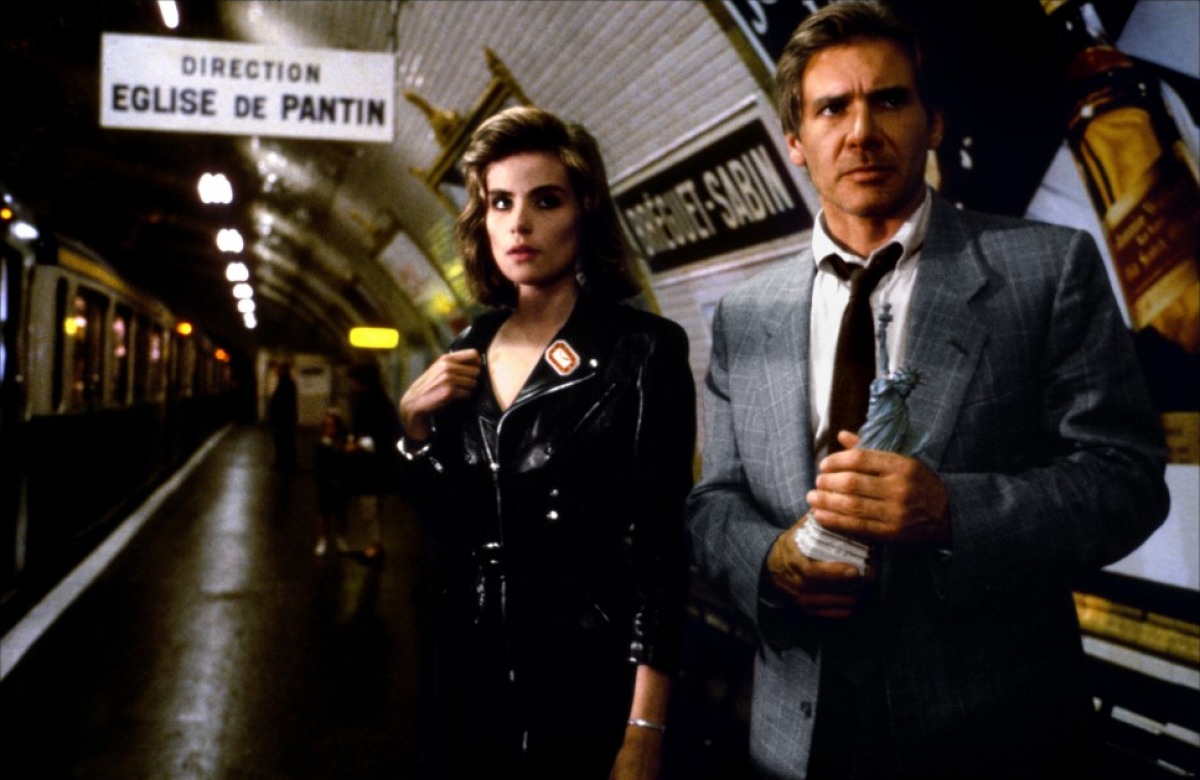
“Frantic” is a story about an American doctor (Harrison Ford) who went to Paris with his wife (Betty Buckley) to take part in a medical conference. After arriving at the hotel, his wife disappears from the hotel room under mysterious circumstances, which seem to be connected with an issue of their luggage at the airport. To find his wife, the doctor needs to pursue an independent investigation on the streets of Paris, which leads him to the environments of drug dealers, Mossad agents and Iranian terrorists.
“Frantic” is directed according to Hitchcock’s standards on Polański’s full pop-mode, which doesn’t make the movie depreciated. It’s practically a perfect, enjoyable and engaging thriller, a ride full of black humor from beginning to end, and on a whole is absolutely satisfying. It’s evidence that Polański can find himself technically in every convention. The scene where the main character has to creep down the roof is viewed through fingers and is probably one of the most engrossing sequences in any 80’s thriller.
“Frantic” is full of neon vibes of 80’s France, mainly from the outstanding soundtrack composed of characteristic pop songs of the decade. The atmospheric and also very catchy “I’ve Seen That Face Before” by Grace Jones appears many time during the movie and is beautifully composed with the escalating sense of mystery.
Ford is solid as always, but in this movie, the attention is stolen by the charming and charismatic Emmanuelle Seigner, who plays the troubled young Michelle and helps him to solve the mystery for her own profits. A bowl of popcorn will make a great companion for this movie.
10. Ghost Writer (2010)
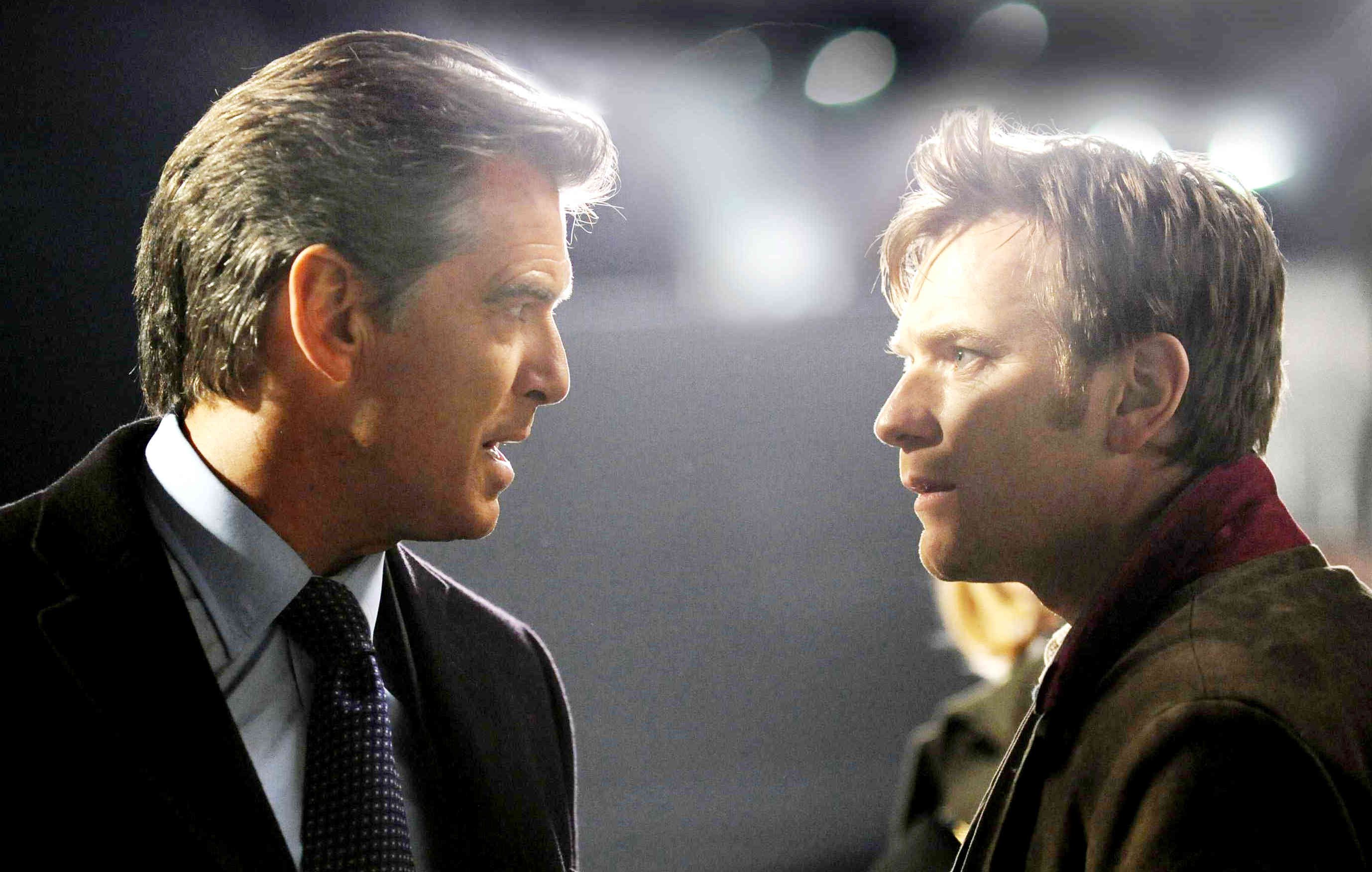
“The Ghost Writer” is a political thriller based on the novel “Ghost” by Richard Harris. Eponymous and never mentioned by name, Ghost Writer (Ewan McGregor) receives a lucrative order to complete the autobiography of the ex-Prime Minister of Great Britain, Adam Lang (Pierce Brosnan), who’s accused later in the movie for crimes against humanity.
McGregor took over this function after the other writer committed suicide under mysterious circumstances. He got mixed up in a dangerous and multilayered web of politic deceptions and lies, and realized on his own that everything in a global politics is not what it seems to be.
If any other director made a movie based on this script, it would be an ordinary thriller, but because of Polański’s creativity and sense of art, what we get is a gem. This movie, together with “Frantic,” are the most accessible pictures made by this director for mainstream audiences.
“The Ghost Writer” keeps the audience in suspense through the whole duration and, like the protagonist, viewers go deeper and deeper down the rabbit hole without losing interest in every minute of the story. Polański shows that he understands the issues of contemporary politics and can create an engaging story full of suspense.
The subject of the movie, which is the war on terror and the real allegiance of the heads of state, is unfortunately still real in spite of it being few years after the movie’s premiere. It contains an appropriate dose of black humor per usual with Polański, and it’s also full of witty dialogue between the characters. McGregor is very likeable as a main character and Pierce Brosnan cast against type is a positive surprise. In a memorable cameo, Eli Wallach, known for “The Good, the Bad and the Ugly,” shows up in one of his last roles.
“The Ghost Writer” has a few plot holes, but they don’t destroy the impression of this great thriller in the bigger picture. The whole movie is directed in such a modern way with bounce and precision that it’s hard to believe that Polański was almost 77 years old at the time of its release. It’s worthy to know that he finished the post-production of “The Ghost Writer” while under house arrest in his villa in Switzerland.
9. Bitter Moon (1992)
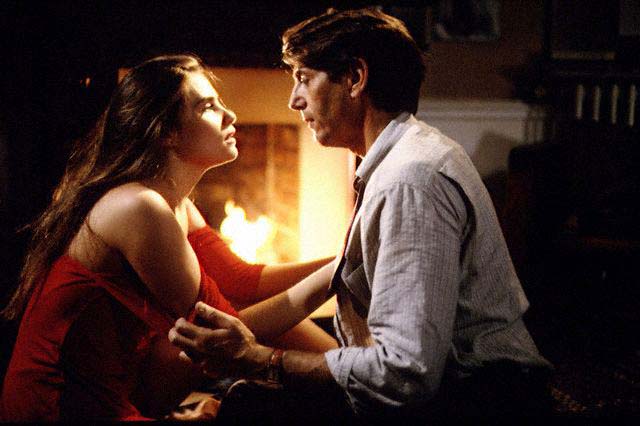
This existential erotica drama is the adaptation of the French novel written by Pascal Bruckner, “Evil Angels.” It tells a story of an uptight and boring British couple, Nigel (Hugh Grant) and Fiona (Kristin Scott Thomas), who meet on their cruise to India; a bitter handicapped writer, Oscar (Peter Coyote); and the beautiful and mysterious Mimi (Emmanuelle Seigner), who caught the eye of Nigel.
Oscar invites Nigel to his cabin and tells him the story of his turbulent relationship with Mimi in retrospective form. It began with a great love and crosses the borders of their own corporeality and sexuality, but ended with boredom, debasement and rejection by Mimi.
When Oscar became handicapped after a car accident, Mimi took him under her wing – not because of sympathy, but to take revenge and get compensation for the harm she experienced. The British couple’s situation on yacht starts to get dangerously complicated as well as a result of Oscar’s and Mimi’s manipulation, which leads to the unexpected and bloody end.
Transgressive and full of erotica, “Bitter Moon” is one of the most underrated and forgotten works of Polański. Like his other great movies, this one focuses on the darkest side of human minds and relationships. It’s one of the most terrifying vivisections of the rules of love that’s ever been shown on the big screen and also one of the most cynical movies from Polański.
While watching the spectacle between Oscar and Mimi, it’s almost possible to hear the demonic laugh of the director behind the screen. Coyote and Seigner are fully committed to their characters; especially convincing is Seigner playing a sweet and somewhat naïve girl in the beginning, only to become a vicious femme fatale in the second part of the movie. “Bitter Moon” is definitely not recommended for a first date.
8. Tess (1979)
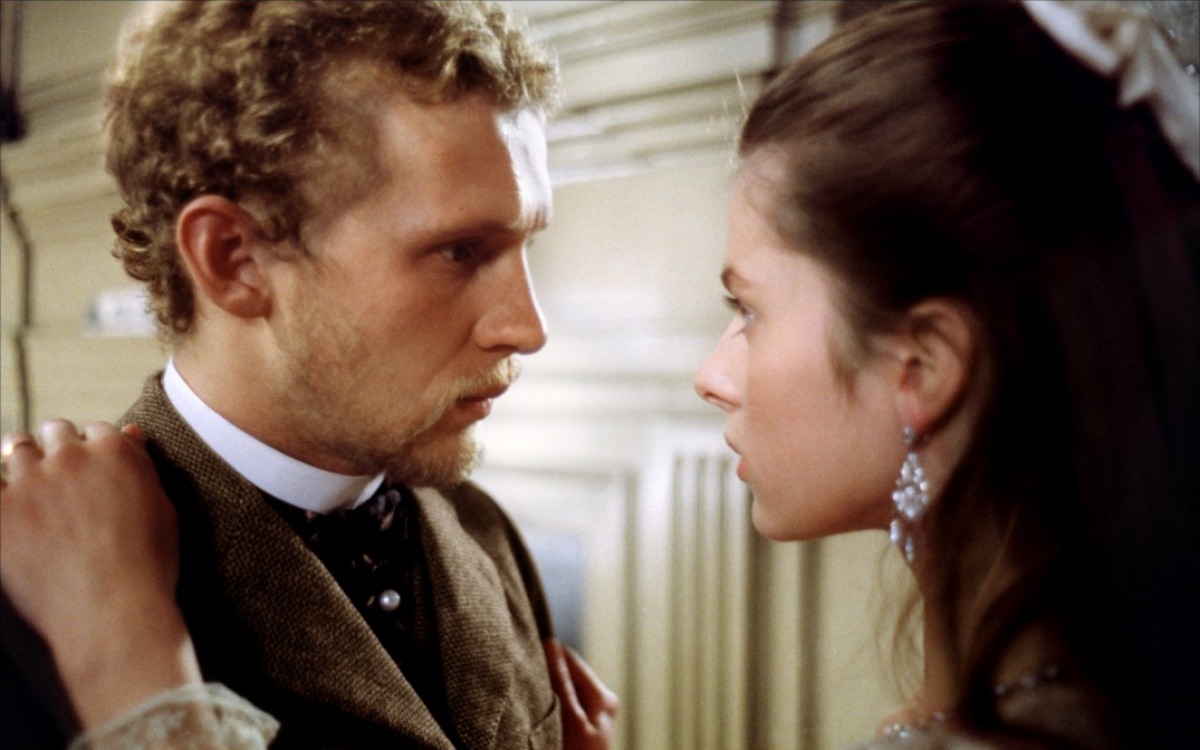
“Tess,” dedicated to Sharon Tate, and is the adaptation of famous novel “Tess of the d’Urbervilles” by Thomas Hardy, written in the Victorian era. The eponymous Tess is a young and naïve peasant woman (Nastassja Kinski) whose life is affected by series of tragic events and love stories, but without destroying her strength and character.
The movie seems to be taken out from Polański’s comfort zone as it is straightforward epic period drama and a love story on top of that, practically devoid of horror, violence, weirdness or any black sense of humor whatsoever. In this heart-rending story of Tess the philosophy of director is notable – the pessimistic feeling of senselessness and randomness of life. Nevertheless, “Tess” is the most beautiful movie directed by Polański.
In discussing this movie, you cannot miss the cinematography. Two cinematographers worked on “Tess,” because Geoffrey Unsworth (known from “2001: A Space Odyssey”) died from a heart attack during shooting and was replaced by Ghislain Cloquet. Its widescreen cinematography is so full of details, elegance and simply magic visuals that it resembles a Victorian painting and time-jumps onto British countryside in the 19th century.
Despite the three-hour length, the movie doesn’t drag on for any second, keeping audiences glued to the screen for every minute, engaging and triggering a full spectrum of emotions. A big part of contribution belongs to the young Kinski, who plays in a natural way without affectation that won’t let the viewer take their eyes off of her. Because of her acting, it’s impossible not to sympathize with the main character facing the injustices of our world.
“Tess” won three Oscars in 1981: Best Cinematography, Best Costume Design and Best Art Direction-Set Decoration, but also a Golden Globe for Best Foreign Film and New Star of the Year in a Motion Picture – Female.